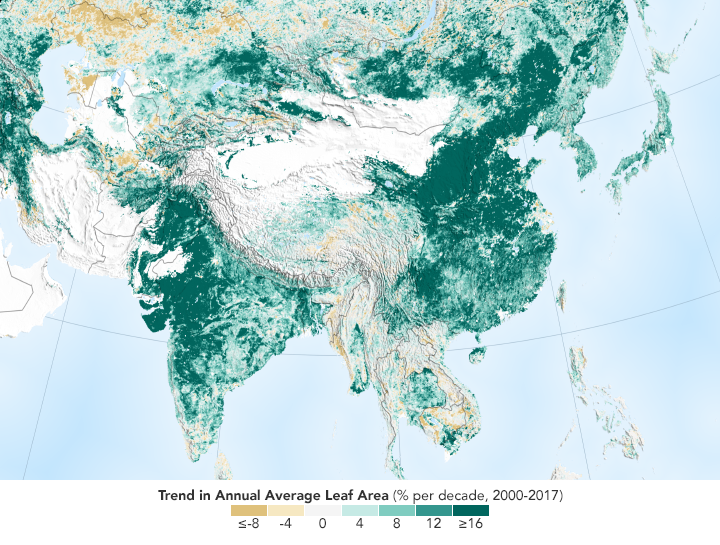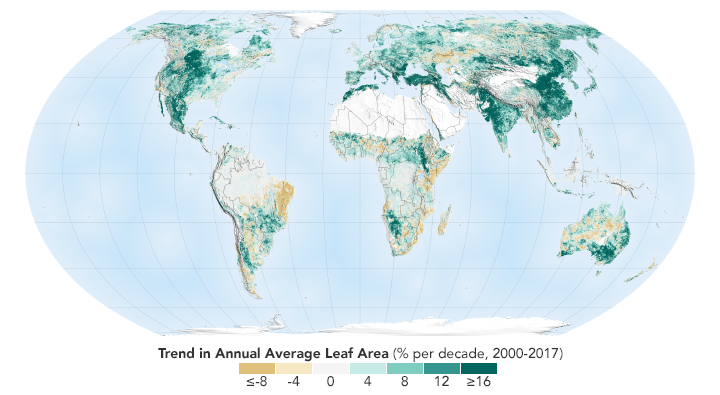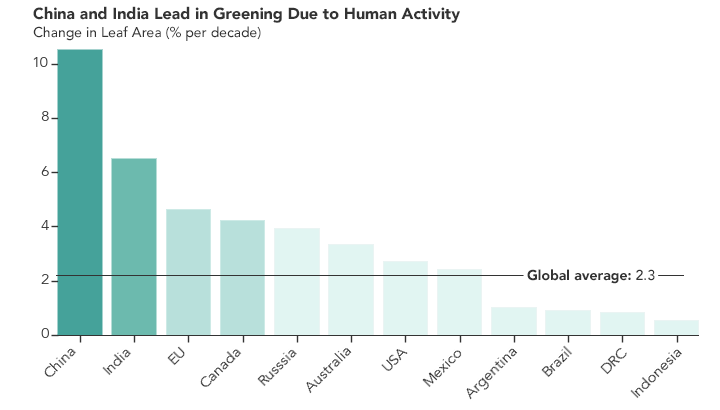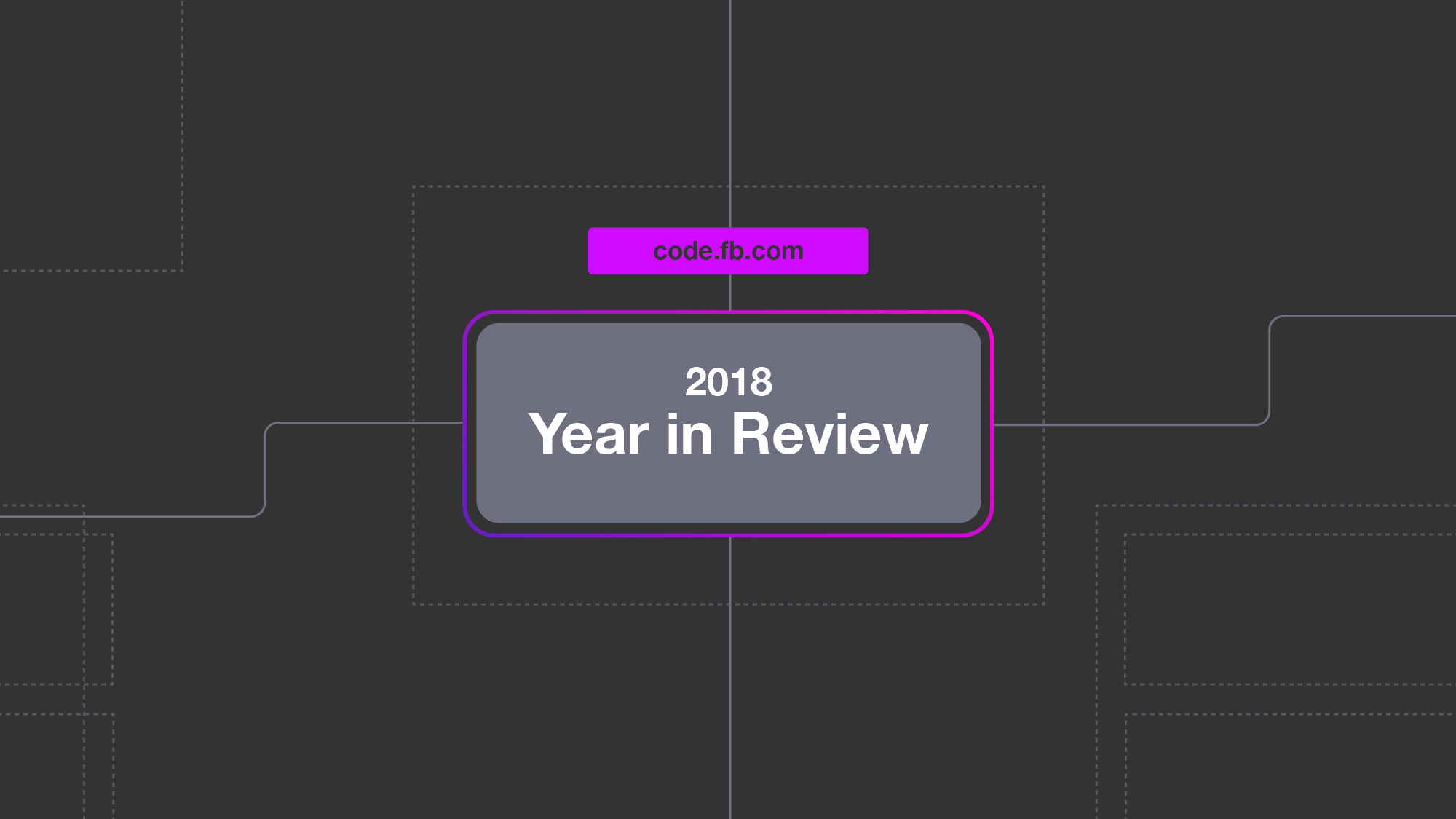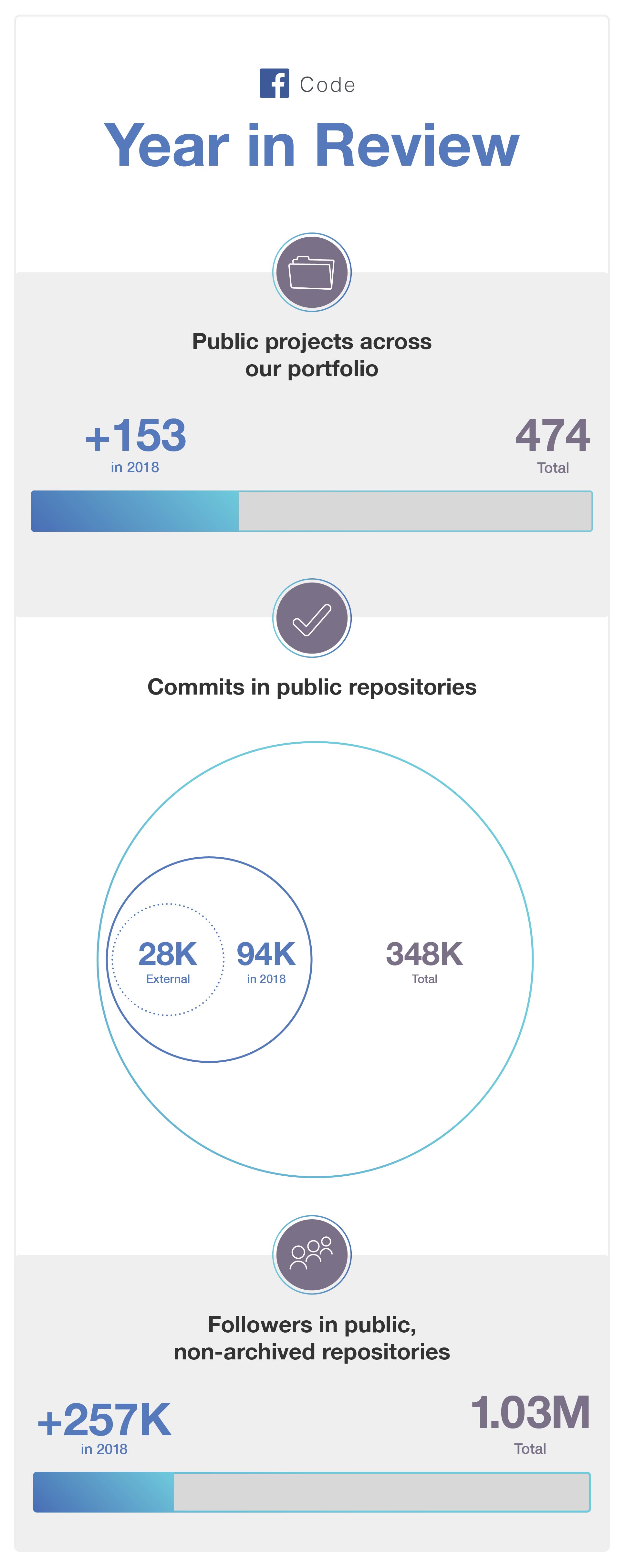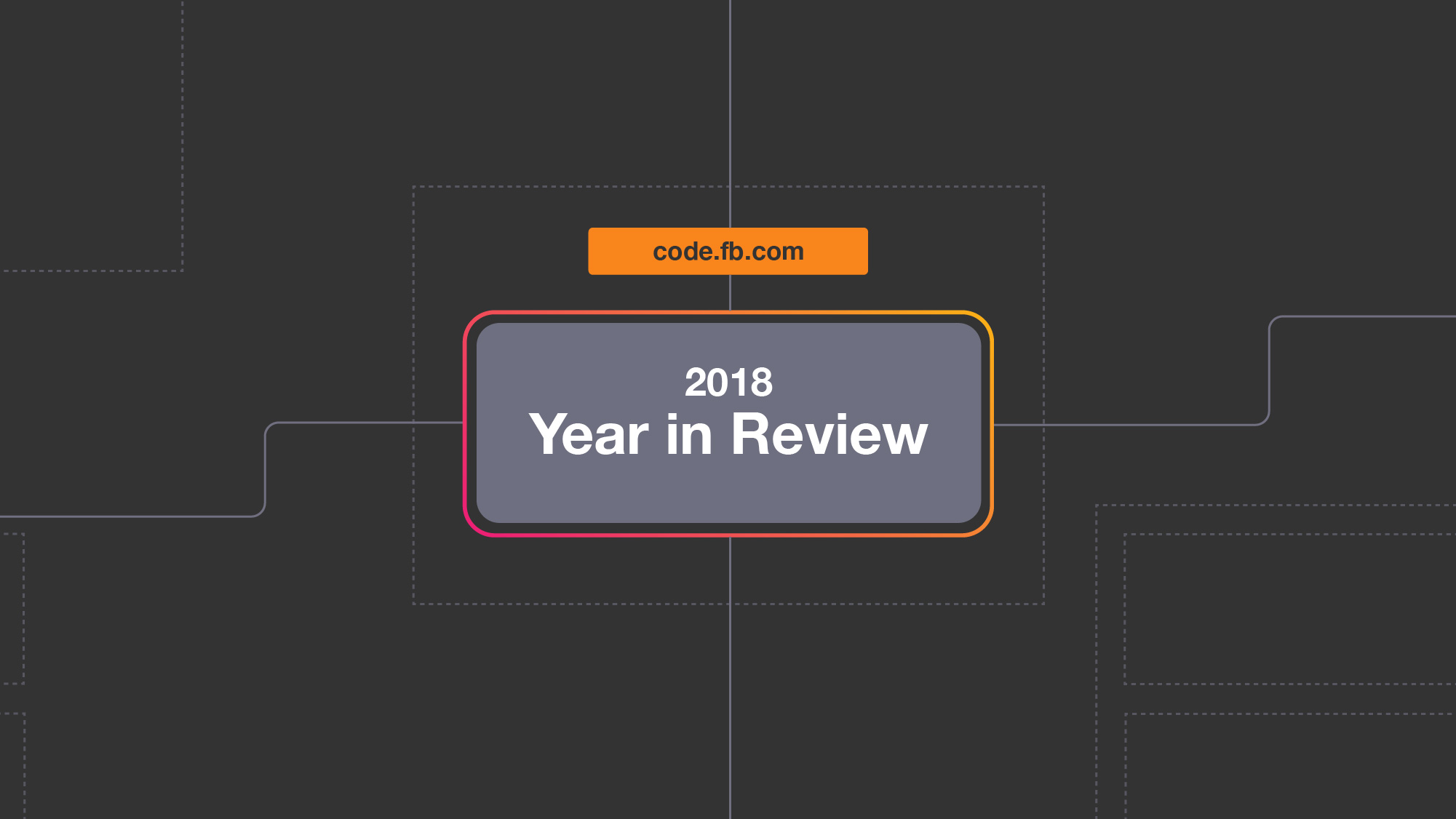Facebook Wants To Be WeChat
:format(webp)/cdn.vox-cdn.com/uploads/chorus_image/image/63205257/acastro_190308_1777_weChat_FB_0001.0.0.jpg)
Mark Zuckerberg laid out a new direction for Facebook this week that shifts its focus from a sprawling series of social apps to a one-stop shop messaging service that combines everything the company has to offer. If there's an analog to what Facebook is trying to build, it exists in the form of Tencent's WeChat, the single largest social network in China. There are a number of key differences between the two products, but the ultimate goals look markedly similar: singular, all-purpose networks that can be leveraged to serve users all kinds of other services, from mobile payments to gaming to direct lines of contact to businesses.
The push to become more of a WeChat-like service has been a long time coming. Facebook has been constantly dogged by privacy violations due to its aggressively ad-fueled and feed-based approach to social networking, and in the US, it appears to be shedding younger users. A promised privacy-first approach to this messaging service would address Facebook's immediate shortcomings, while the bundle of services could serve to further entrench every one of Facebook's offerings.
WeChat is often considered the "everything app" for China's nearly 800 million smartphone owners : it's a game console, a bank, and even a gateway to Chinese ride-sharing giants, food delivery, and thrift shopping. It's available in other regions as well, giving WeChat a monthly active user base of over 1 billion.
Because of its ubiquity and dominance, WeChat has been a desirable, seemingly impossible-to-replicate product for social media companies. As the do-everything app, it supersedes device manufacturers like Apple, Samsung, and Xiaomi, and it almost acts as a replacement for operating systems like iOS and Android. Nothing, including Apple's iMessage or Facebook's Messenger or even the encryption-friendly WhatsApp, can compete with WeChat in China.
"What WeChat has done is embed a constant stream of new services and features onto their platform. The new features take advantage of the strong network effect that WeChat already has, as the defacto messaging platform in China," says Willy Shih, a professor of management practice at Harvard Business School. By continuously adding services, WeChat only becomes a more integral part of daily life, and it's harder to abandon as a result. "It's convenient for everything: payments, getting info, ordering things," he adds. As Shih notes, even the homeless in China use WeChat-supported QR codes to accept mobile payments when panhandling.
Facebook's ambitions to build a do-everything app platform for a global audience goes back years, beginning with its 2012 and 2014 acquisitions of Instagram and WhatsApp, respectively. Since then, as Instagram and WhatsApp staved off competition from rivals, Messenger has shouldered a bulk of the responsibility in becoming Facebook's would-be do-everything app platform.
In the ensuing half-decade of Messenger's ongoing development, Facebook has bolted on gaming, AI chat bots, augmented reality camera features, mobile payments, and numerous other features that are designed to get you to treat Messenger like its own distinct and chat-focused mini-Facebook. In 2014, the company hired David Marcus — a hugely successful digital payments entrepreneur who oversaw PayPal's strategic acquisition of Venmo parent company Braintree — to run Messenger, signaling Facebook's ambitions to turn the platform into a service provider.
Now, with plans to bring private messaging front and center, Zuckerberg could finally create the version of WeChat that the world outside of China has thus far lacked. It could be large and scarily time-consuming, luring users to engage with the app for not just birthdays and group chats, but for style and products (Instagram) and news sharing (Facebook and WhatsApp). The Facebook mega app could extend into users' daily lives for entertainment, news, and commerce.
But building that kind of sprawling, do-everything network is an immense challenge, and even WeChat has not done without a good deal of help and good luck. In China, it's received government subsidies, and many of its rivals have been blocked from running: that includes Messenger since 2009, South Korea's Line since 2015, and WhatsApp in 2017, significantly trimming down the competitive landscape. The government has been happy to do that in exchange for being able to retrieve deleted WeChat messages to help in police investigations. (Tencent denies that it stores chat histories.)
WeChat largely bombed in its attempts to find success beyond the Chinese market. It was slow to go international, and when it finally did in 2012, Facebook was already taking off in the markets WeChat was trying to enter. The international app was also a ghost of its Chinese self; the global version of WeChat was limited to sending people private messages.
Facebook has already done well expanding across the globe, which could help it succeed where WeChat failed. Internationally, Facebook and WhatsApp are the most used social media apps, dwarfing the likes of Snapchat, Twitter, Viber, and others, according to a Pew Research Center report published yesterday.
The multipronged strategy of having the main Facebook app, Messenger, WhatsApp, and Instagram also means that it's no issue if one country gravitates toward one Facebook product over another. And Facebook hasn't stopped there, either. It has a number of internet connectivity efforts in developing countries — including a gigabit Wi-Fi project called Terragraph and an app called Express Wi-Fi — that are designed to bring more people online and convert them into Facebook users of one type or another.
Facebook will face other issues, though. Combining its apps is likely to concern the European Commission, which is regularly troubled by the behaviors of tech giants. The United States Congress, similarly, has questioned Facebook on whether it qualifies as a monopoly. Politically, the tide is turning against these kinds of mega tech companies. This morning, Sen. Elizabeth Warren (D-MA) proposed breaking up tech giants, including Facebook as part of her presidential campaign platform.
It's also not guaranteed that a messaging-first approach will win over users. In China, it's the older generations who favor using WeChat, giving the app a kind of dated reputation not too unlike Facebook's among teens. If both apps don't step it up, they could fall out of style as users grow older.
After Zuckerberg laid out his plans for Facebook, we have a pretty good idea of what to expect, thanks to WeChat. We also can anticipate the obstacles a Facebook monster app would face: slowing user growth, a heavy reliance on ad revenue, and Western regulatory forces that would seek to rein it back in. It's the ultimate story of merging cultures, as two (or more) apps combine so many features that they become nearly the same thing and risk losing what makes them so attractive in the first place. But Facebook has a chance to write its own story, if it can take lessons from where WeChat has stumbled.





































